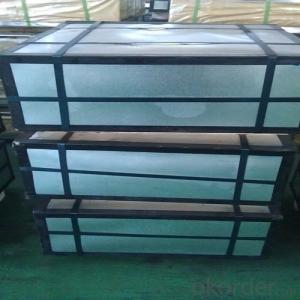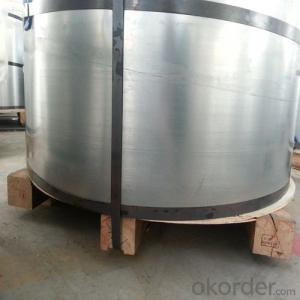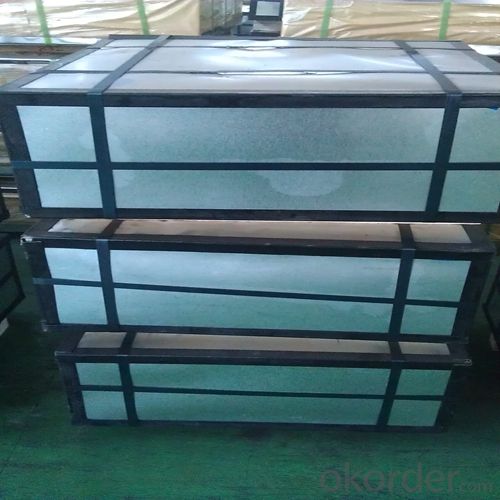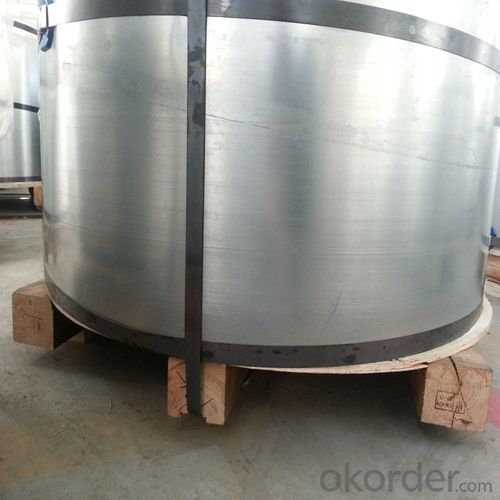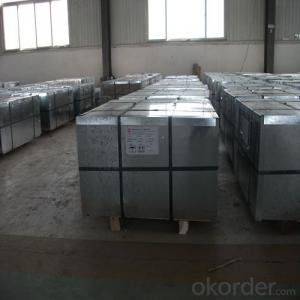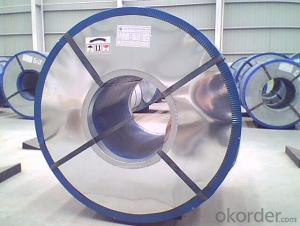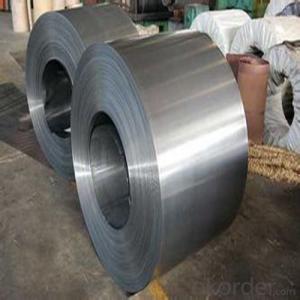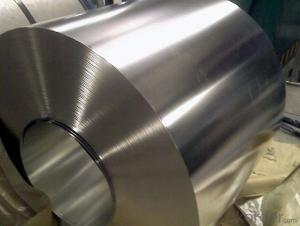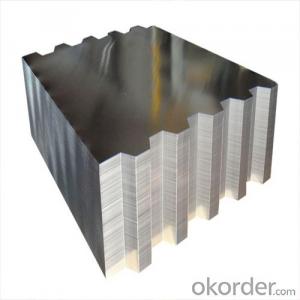Electrolytic Tinplate Sheets or Coils for Industrial Package
- Loading Port:
- Shanghai
- Payment Terms:
- TT OR LC
- Min Order Qty:
- 25 m.t.
- Supply Capability:
- 12000 m.t./month
OKorder Service Pledge
OKorder Financial Service
You Might Also Like
1.Structure of Electrolytic Tinplate Sheets or Coils for Industrial Package Description
The origin of tinplate is from Bohemian, from 14th century, the people there began to produce tinplate. Also known as electrolytic tinplate, which stand for tin coating on the surface of cold rolled coil for preventing rust. The unique characteristics of tinplate steel decides its comprehensive range of application in international tinplate packaging industry. With the abundance extend of CC and DR steel material, and tin free steel, which enhance the development of technology of packaging industrialization, the innovation is ubiquitous in tinplate steel.
2.Main Features of the Electrolytic Tinplate Sheets or Coils for Industrial Package
The feature of anti-oxidation, various kinds and beauty in printing enable tinplate enjoys widely usage in food can package, pharmaceutical package, daily application packing, apparatus package and industrial pack.
From the first food can to be produced in the year of 1810 in British, the development trend of tinplate has become thinner thickness and less tin coating to adjust the change of can industry and save cost.
3.Electrolytic Tinplate Sheets or Coils for Industrial Package Images
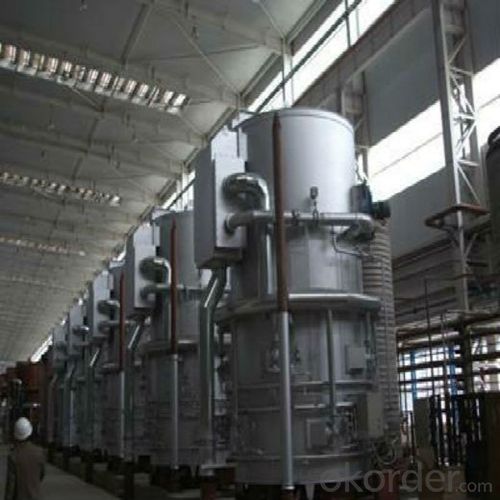
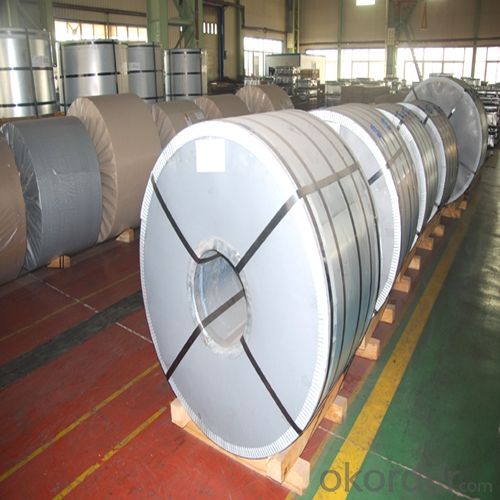
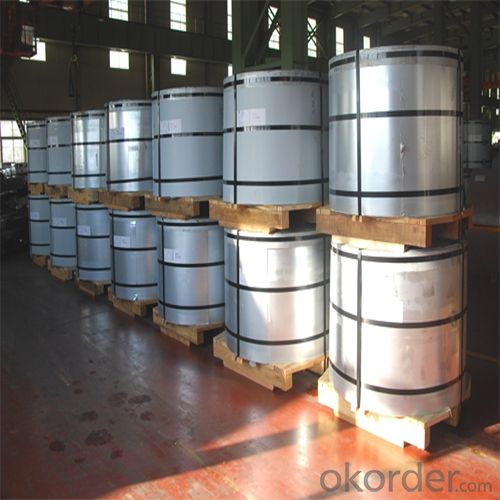
4.Electrolytic Tinplate Sheets or Coils for Industrial Package Specification
Standard: ISO 11949 -1995
Material: SPCC
Thickness:0.45mm
Width: 600mm -1150mm
Temper: T3
Annealing: BA
Coil Inner Diameter: 508mm
Weight: 6-10 tons/coil 1~1.7 tons/sheets bundle
Passivation:311
Oil: DOS
Surface: Finish,bright,stone,matte,silver
5.FAQ of Electrolytic Tinplate Sheets or Coils for Industrial Package
- What is the delivery time for your prime quality tinplate?
Usually 45 days after order confirmation for MR steel, and 35 days for SPCC.
- Do you also offer secondary quality stock tinplate?
Yes, we also offer secondary quality stock tinplate especially for industrial use.
- Can you offer some details about your package?
For sheets: plastic or waterproof paper, metallic cover and angles, steel strips,wooden pallet.
For Coils: plastic or waterproof paper,plastic protect plate,steel strips.
- Which port do you ship from?
We can ship from any China main port, but mostly Shanghai.
- What is the payment term?
The most common we use is L/C at sight or TT. We can also try use other terms.
- Q: How does tinplate packaging handle exposure to moisture?
- Tinplate packaging has excellent resistance to moisture, making it highly suitable for protecting products from humidity and preventing damage caused by exposure to moisture.
- Q: What are the characteristics of different tin process
- Shapes: tinplate cans can be made into various shapes according to different needs, such as cans, cans, cans, circular elliptical horseshoe and trapezoid etc, can satisfy the different needs of product packaging, and the packaging container more change, promote sales. 6. recyclable: in line with international environmental requirements, in line with future product trends.
- Q: How is tinplate tested for quality and durability?
- Tinplate is tested for quality and durability through a series of methods including visual inspection, chemical analysis, thickness measurement, and corrosion resistance assessment. These tests ensure that the tinplate meets the required standards and can withstand various environmental conditions and handling processes.
- Q: How does tinplate packaging withstand extreme temperatures?
- Tinplate packaging is able to withstand extreme temperatures due to its high melting point and excellent heat resistance properties. The tin coating on the steel base provides a protective layer that helps to prevent the metal from warping or melting when exposed to extreme heat. Additionally, the structural integrity of tinplate packaging is maintained even in extreme cold temperatures, making it a reliable choice for preserving the quality and safety of various products.
- Q: How does tinplate perform in terms of puncture resistance?
- Tinplate performs exceptionally well in terms of puncture resistance. Its unique combination of strength and durability makes it highly resistant to punctures, making it an ideal material for packaging delicate or sharp objects that require protection.
- Q: What are the limitations of printing on tinplate?
- There are several limitations to consider when printing on tinplate. First, tinplate is not a very smooth surface, which can affect the quality and resolution of the printed design. Secondly, tinplate is prone to corrosion, so special coatings or treatments may be required to ensure the longevity of the print. Additionally, tinplate is a rigid material, making it more challenging to print on curved or irregularly shaped objects. Lastly, the printing process on tinplate can be more time-consuming and costly compared to other printing methods, as it often requires specialized equipment and inks.
- Q: How does tinplate perform in terms of recyclability?
- Tinplate is highly recyclable and has one of the highest recycling rates among packaging materials. It can be easily separated from other materials during the recycling process and reused to create new products, making it an environmentally friendly choice.
- Q: How is tinplate coated for aerosol cans?
- Tinplate is coated for aerosol cans through a process called electrolytic tin coating. In this process, a thin layer of tin is deposited onto the surface of the tinplate by immersing it in a bath of tin solution. The tin coating provides a protective barrier against corrosion and ensures the cans remain durable and airtight.
- Q: How does tinplate resist corrosion?
- Tinplate resists corrosion mainly due to the protective properties of tin. The tin coating on the steel surface acts as a barrier, preventing direct contact between the steel and the corrosive elements in the environment. This barrier layer of tin provides excellent resistance to oxidation, moisture, and other corrosive agents, thereby protecting the underlying steel and extending the lifespan of the tinplate.
- Q: Can tinplate be easily opened and resealed?
- No, tinplate cannot be easily opened and resealed.
Send your message to us
Electrolytic Tinplate Sheets or Coils for Industrial Package
- Loading Port:
- Shanghai
- Payment Terms:
- TT OR LC
- Min Order Qty:
- 25 m.t.
- Supply Capability:
- 12000 m.t./month
OKorder Service Pledge
OKorder Financial Service
Similar products
Hot products
Hot Searches
Related keywords

